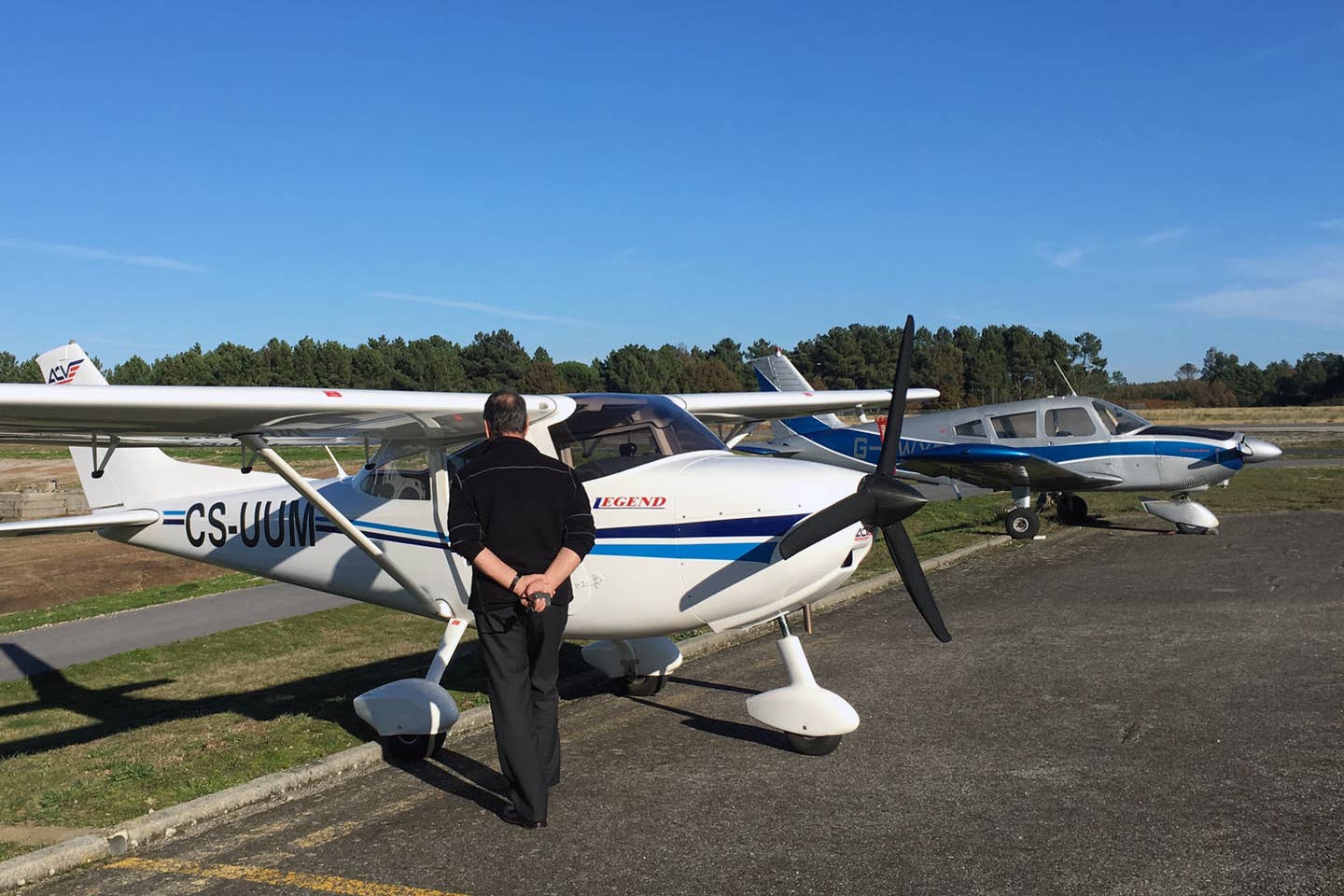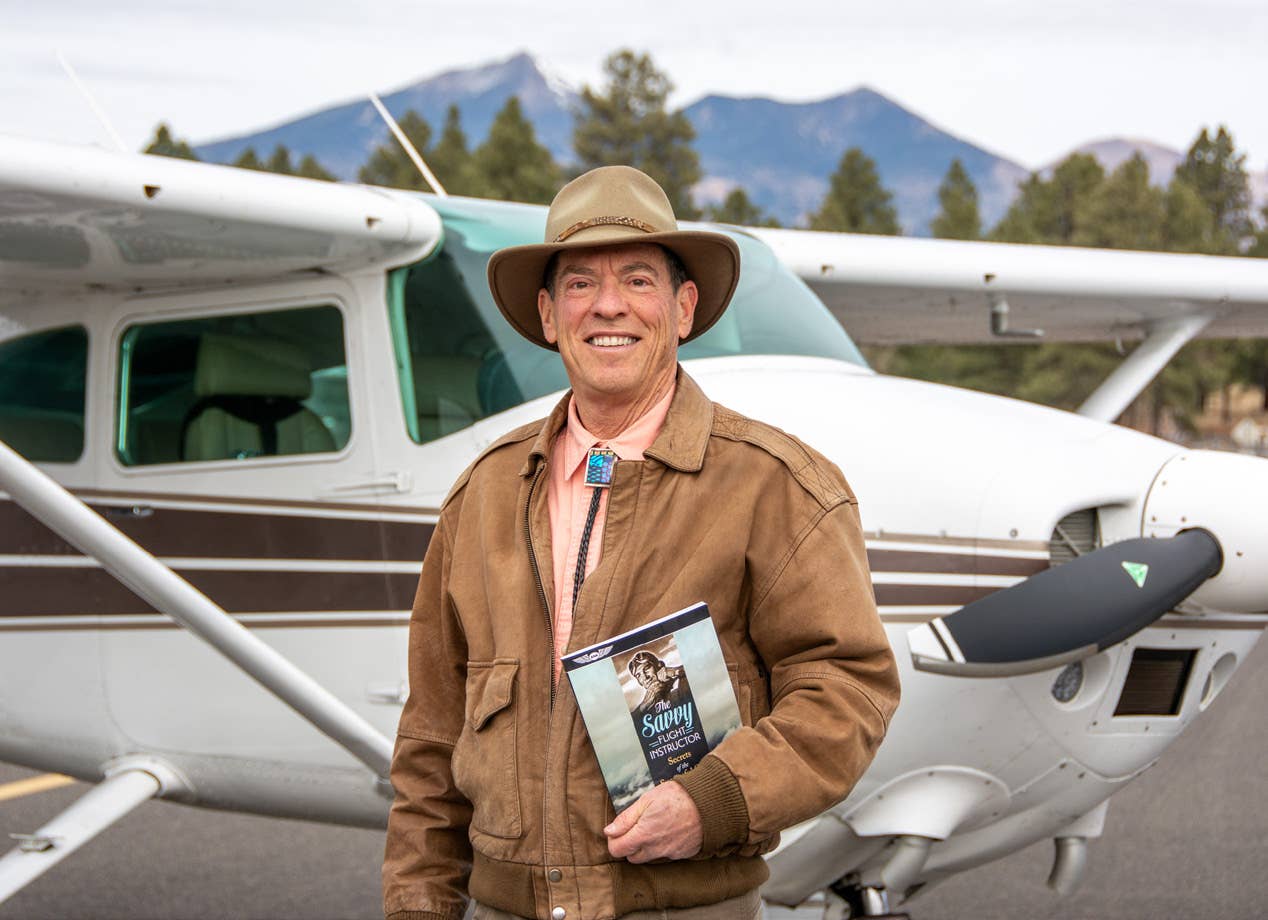
The right flight school has a good mix of training aircraft, well maintained and readily available. Julie Boatman
Finding the right flight school is one key to ensuring that your flight training is a success. You need to know what your goal is before you start, and a few common elements apply to your decision, no matter what that goal is.
A flight school (otherwise known as an aviation training organization, or ATO) conducts the business of teaching people to fly. It can take on a variety of guises, from the small, traditional flight school at a local airport using a light aircraft or two, all the way to those international ATOs that train pilots for the airlines and business aviation—and often conduct their recurrent training as well—in large fleets of aircraft and flight simulators. Of course, there are many that fall in between these two generic categories.
The organization you gravitate towards depends on a couple of factors. Primary amongst these are the goals you wish to achieve. If you want to learn to fly at a measured pace, near your home, for your own business or recreation, you’ll generally search locally for a place to learn to fly. If you wish to pursue a career in aviation, you’ll make a larger investment in time and money, and you may choose to look both locally and nationally—or around the world—based on where you want to fly, and how much you can invest.
If your goals are personal, you will pursue a certificate under the civil aviation authority where you live (like the FAA in the U.S.)—but if you wish to fly internationally, you may choose an ATO elsewhere that provides training towards the type of pilot certificate that will make you most attractive to your airline, company or country of choice.
Let’s take a look at the kind of flight school you might find at your local or regional airport. You may be within driving or commuting distance of several airports, and travel time to the airport is a factor that can cut into your ability to schedule enough time for flying. You may be geographically narrowed to one or two options if you live in a rural area. In this case, your choice of instructor may also be somewhat limited.
A small flight school may or may not have a chief flight instructor and other staff—it may be informally arranged, operating under Part 61, and work as a collection of flight instructors who use the same airplanes in which to teach. This casual structure doesn’t necessarily mean there’s no structure, as some of the best training can happen under these conditions—if they suit you. Interview the manager or owner of the school to get a sense of what to expect.
A larger flight school, or ATO, will have more administrative staff, and certain positions required by the civil aviation authority (such as the FAA), depending on the number of students and aircraft they have. During your research, you will want to also interview the chief flight instructor, and chief ground instructor, if you can, to determine what level of quality they strive for in their operations.
You might also choose to attend a degree or vocational program delivered by a college or university dedicated to aviation. This path typically interests those who pursue a career as a professional pilot—but you might also enjoy adding flight subjects to a broader degree if you’re in this phase of your life. Accreditation boards (like AABI) and associations (like UAA) can provide feedback on a given institutions reputation and diligence in the industry.
Regardless of the size of the operation, you will want to see the following when you visit your school of choice:
- Does the facility appear clean, well-maintained, and welcoming? You want to spend your time at a place that reflects pride and positivity in its daily operations.
- Do the aircraft appear well-maintained and tidy? Ask what kind of maintenance program the aircraft follow, whether they are maintained in-house or by a local provider. Either is fine, but there should be no hesitation in the answer.
- Do the flight instructors follow a standard syllabus, or are they free to conduct their own training regime? Too strict of a program may be stifling to some people, but there should be a certain amount of oversight, even in a small operation.
- Does the flight school or ATO ask you for cash upfront, or a large deposit (more than 10-20%) to begin your training? Any more than this amount raises a red flag as to the organization's financial practices and may hint at cash flow problems down the road.
- Does the general demeanor of the place reflect positive attitudes on the part of the staff and students or clients? One person's complaints may be an outlier, but hearing negative comments from multiple sources bodes ill for a good training experience.
These are just a few tips to get you started on your research. Best of luck finding the right place for you.

Sign-up for newsletters & special offers!
Get the latest FLYING stories & special offers delivered directly to your inbox






